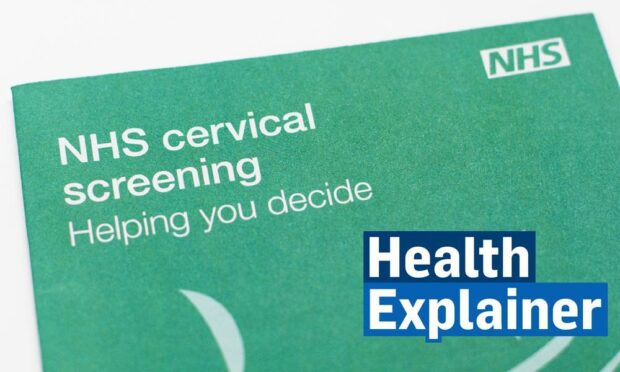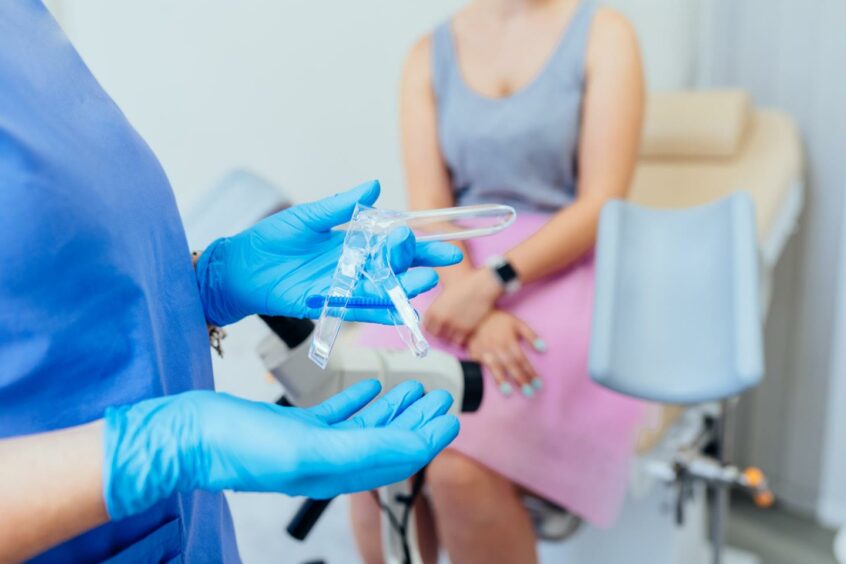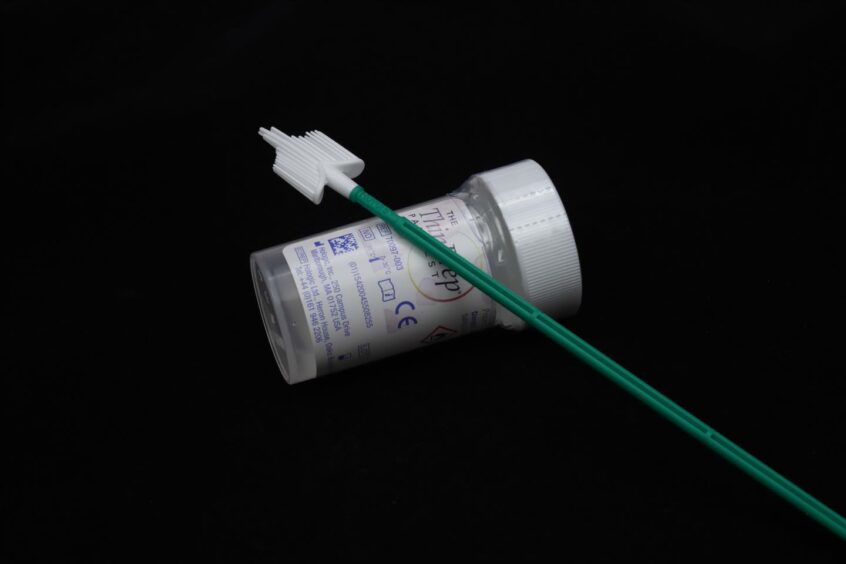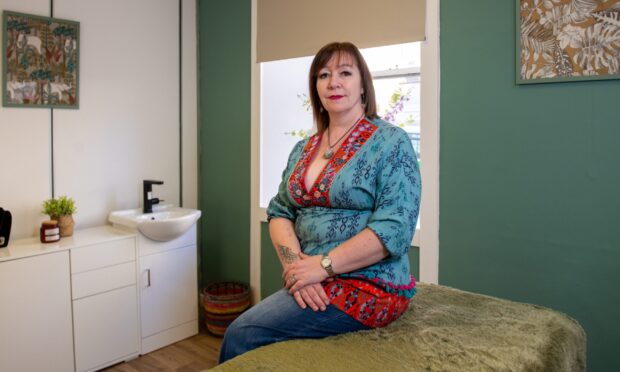Smear tests are an essential part of women’s healthcare and can help prevent cervical cancer from developing.
But many young people with a cervix have never had a smear test due to the age limit increasing from 20 to 25 in 2016.
And despite uptake levels in Tayside and Fife being above the national average, many who are eligible don’t make an appointment due to fear or embarrassment.
So, what’s it like to have a cervical screening appointment? And why is it so important to get one?
My experience: What it’s like to get a smear test
A month after turning 25 in November, I received my letter inviting me for my first cervical screening.
Going for a smear test is something I’ve dreaded ever since I discovered what it was years ago.
But I knew it was something I needed to do. So, I booked the first available appointment and began counting down the dreaded hours.
I won’t lie, that morning, I was nervous. My first thought when I woke up was “I really don’t want to do this today”.
I was worried it would be painful, or embarrassing and I didn’t know what to expect.
‘I was relieved to find it was quick and easy’
I’d built it up into this big terrifying ordeal, but I was relieved to find the appointment was quick and easy.
It was nowhere near as bad as I thought it would be.
While it might be painful for some, that wasn’t my experience. And I’m someone who runs for the paracetamol the minute they feel a headache coming on.
Better still, I was told by the nurse it would take up to eight weeks for my results letter to arrive, it only took two.
Many face different barriers to screening, but I’d urge you to book an appointment.
Discussing concerns with your nurse prior to or during your appointment is a great way to put your mind at ease.
And as someone who was cripplingly anxious about the whole ordeal, I can confidently say, if I can do it, you can too.
How do I know when to make an appointment?
Your smear test will usually take place at your local GP practice.
If you have a cervix, you should receive a letter shortly after turning 25, and at least every five years thereafter.
After receiving your letter, you should contact your GP to make an appointment.
Try to schedule the appointment for a day you’re not on your period, as this can make it harder to get a result.
What happens at the appointment?
The nurse will explain exactly what they’re doing as they do it.
It’s important to remember nurses do this every day and there’s nothing they haven’t seen before.
You go behind a curtain and take off your shoes, trousers and underwear. If you’re wearing a skirt, you can pull it up around your waist.
The nurse will advise you how to position yourself. They will then insert a speculum into the vagina and open it gently. This can be the part some people find uncomfortable.
Then the nurse will use a small, soft brush to quickly take a sample of cells from your cervix. This may feel a bit strange, but shouldn’t be painful.
The brush and speculum will be removed and that’s it! For most people, the procedure only takes a few minutes.
At the end of your appointment, the nurse will tell you when you should expect to receive the letter with your results.
Why should I make my appointment?
Getting your smear test helps prevent cervical cancer by checking for a virus called high-risk HPV and cervical cell changes.
This means you can get any care or treatment you need early.
Different types of results include:
- No HPV found. You won’t need to do anything until you receive your next letter in around five years.
- HPV found – no cell changes found. You will be invited for screening in one year, to check the HPV is gone.
- HPV found – cell changes found. You will be invited to a colposcopy for further tests.
- Inadequate. You’ll be invited for follow-up screening within three months.













